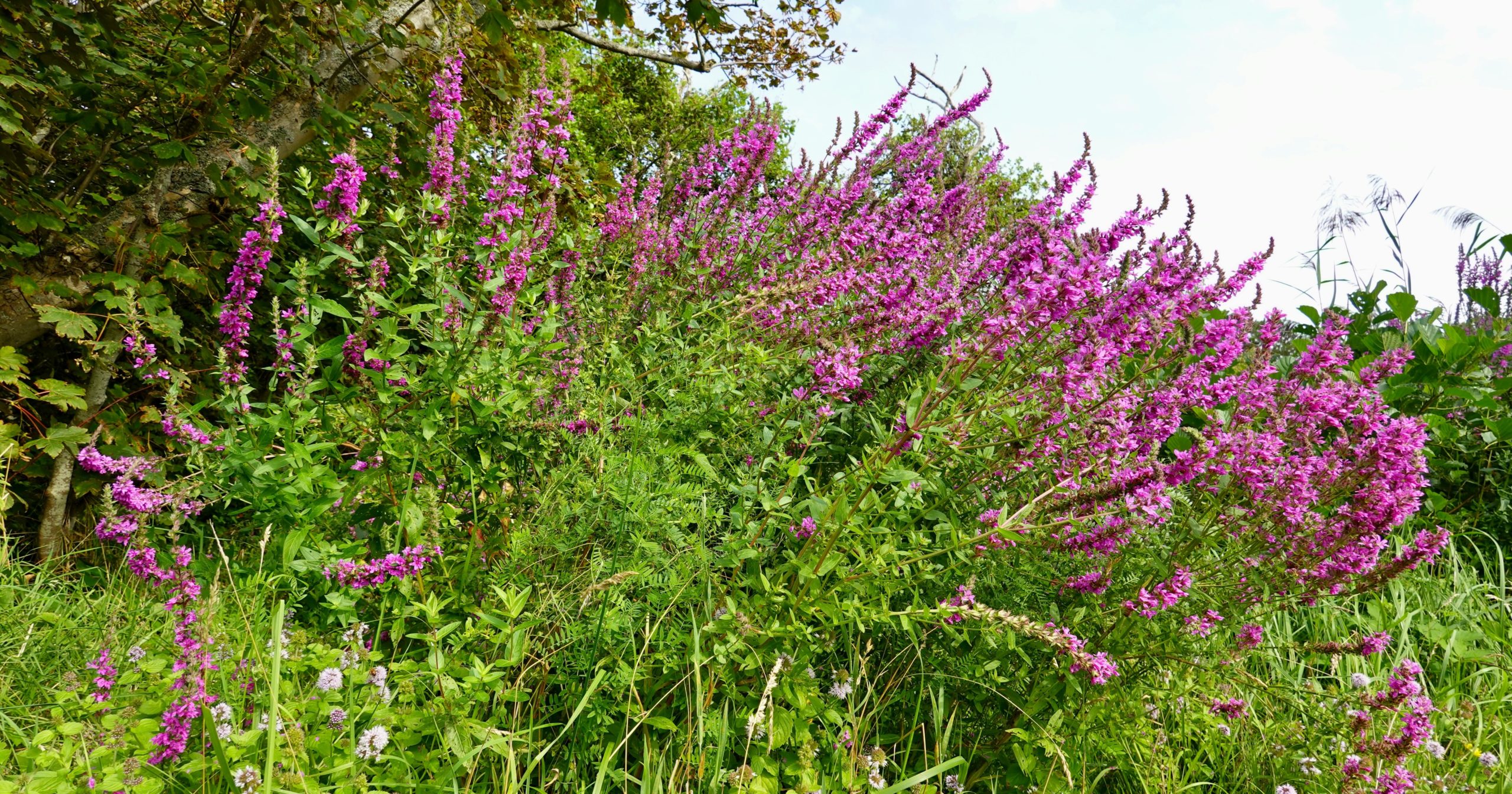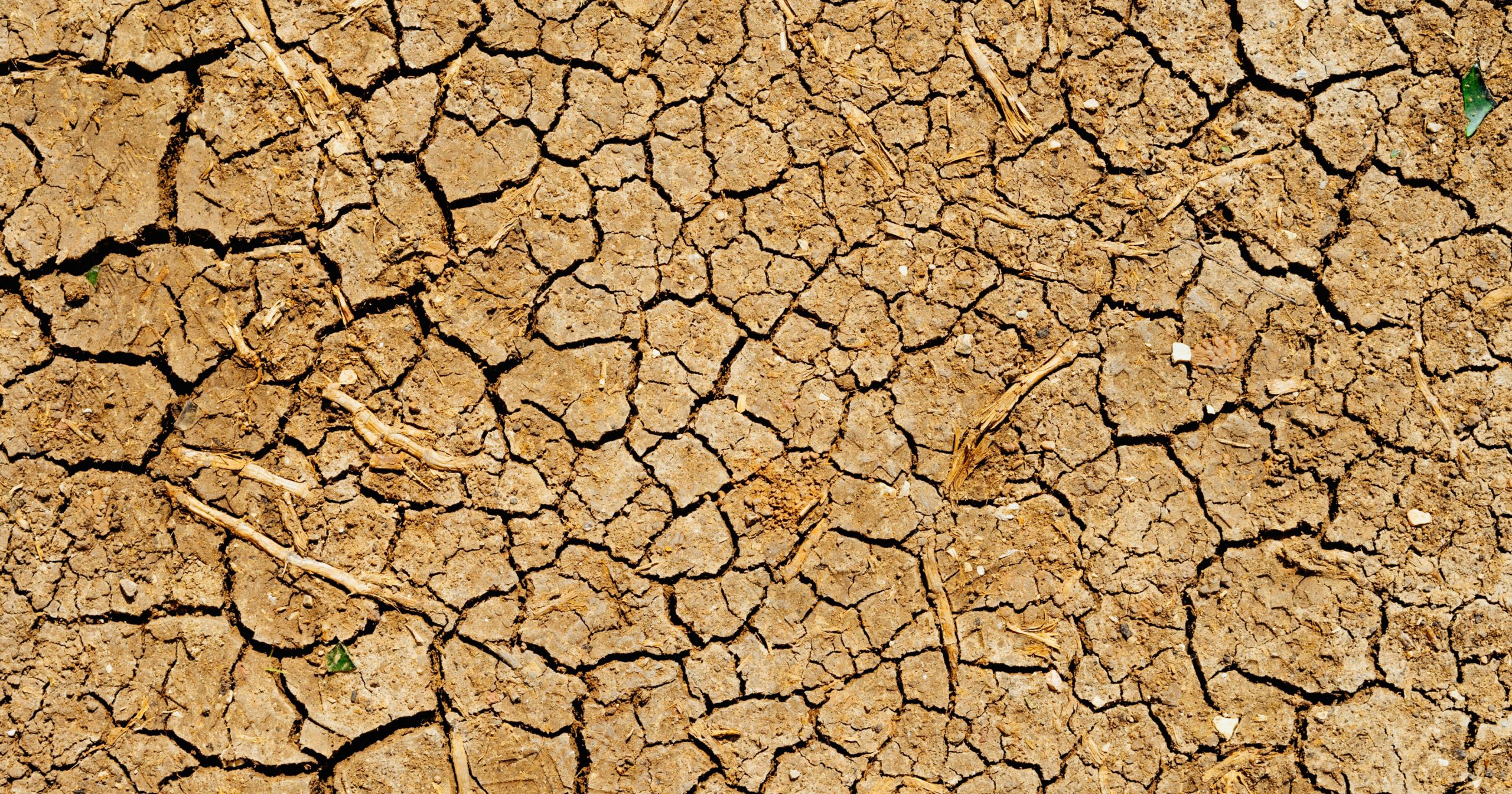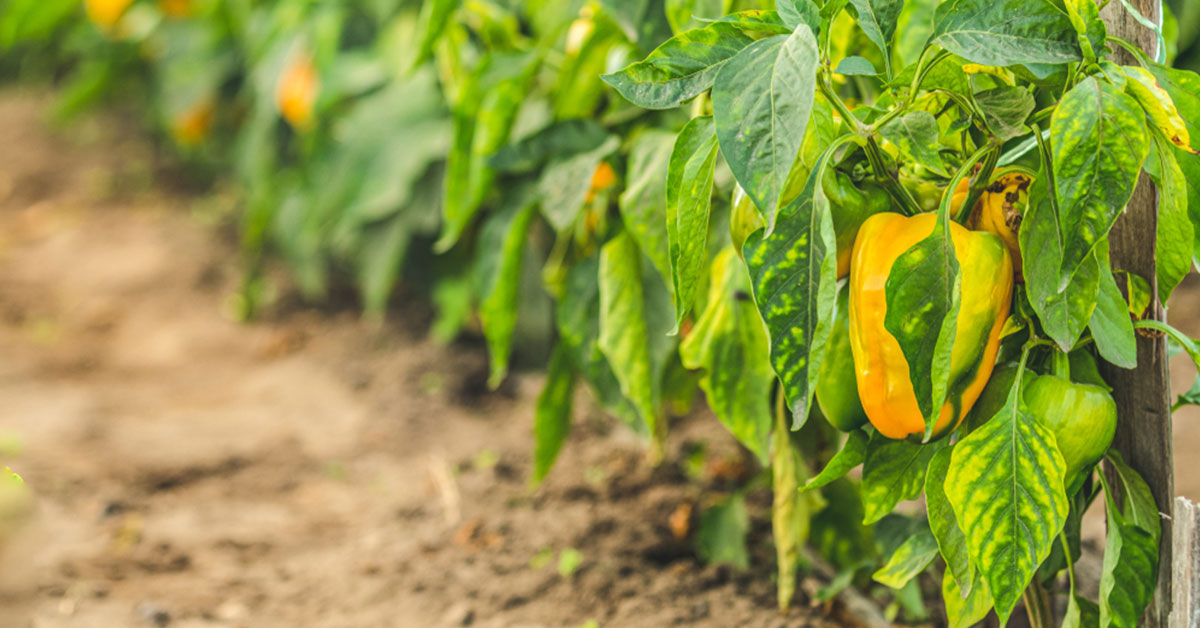Butterflies are not just beautiful additions to our gardens; they play a crucial role in pollination and maintaining healthy ecosystems. Sadly, many butterfly species are facing significant declines due to habitat loss, pesticide use, and climate change. As gardeners, we have the power to make a positive impact by creating environments that support and nurture these delicate insects.
It’s always disheartening to see fewer butterflies fluttering about, but there’s so much we can do to help! By incorporating specific plants, providing essential resources, and adopting butterfly-friendly practices, we can turn our gardens into sanctuaries for these amazing creatures. Here are fifteen essential actions to take in July to support declining butterfly populations.
Plant Native Flowers
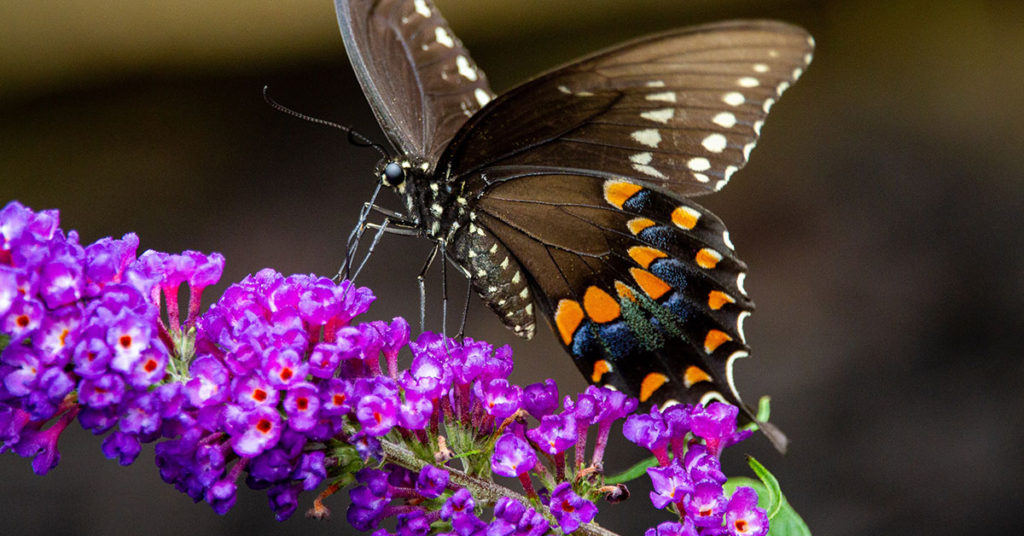
Planting native flowers is one of the most effective ways to support butterflies. Native plants have evolved alongside local butterfly species, providing the exact food and habitat they need. These plants often require less maintenance and are more resilient to local climate conditions, making them perfect for your garden.
Consider planting a variety of native flowering plants that bloom at different times to provide continuous nectar sources. Butterfly weed (Asclepias tuberosa), purple coneflower (Echinacea purpurea), and black-eyed Susan (Rudbeckia hirta) are excellent choices. Not only will these plants attract butterflies, but they’ll also add vibrant color and beauty to your garden.
Provide Host Plants for Caterpillars
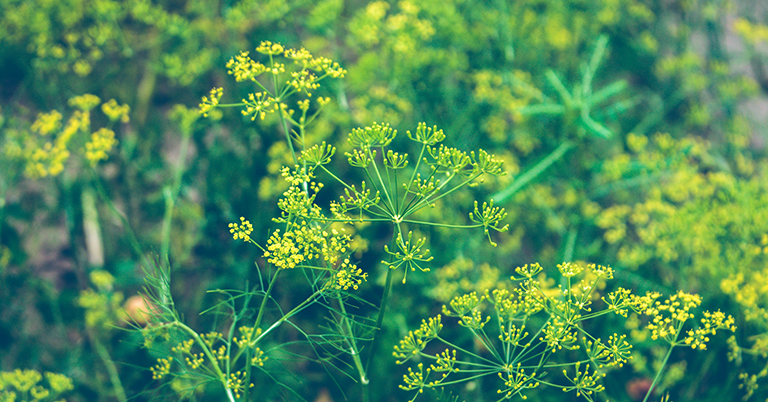
Butterflies need specific host plants where they can lay their eggs and where caterpillars can feed. Different butterfly species have different host plant requirements, so planting a variety of these plants can support multiple butterfly species. For example, monarch caterpillars feed exclusively on milkweed, while black swallowtail caterpillars prefer parsley, dill, and fennel.
Creating a garden that includes host plants ensures that butterflies have the necessary resources to complete their life cycles. It’s fascinating to observe the transformation from caterpillar to butterfly right in your own garden. Providing these plants not only supports butterfly populations but also enhances your connection to the natural world.
Avoid Pesticides
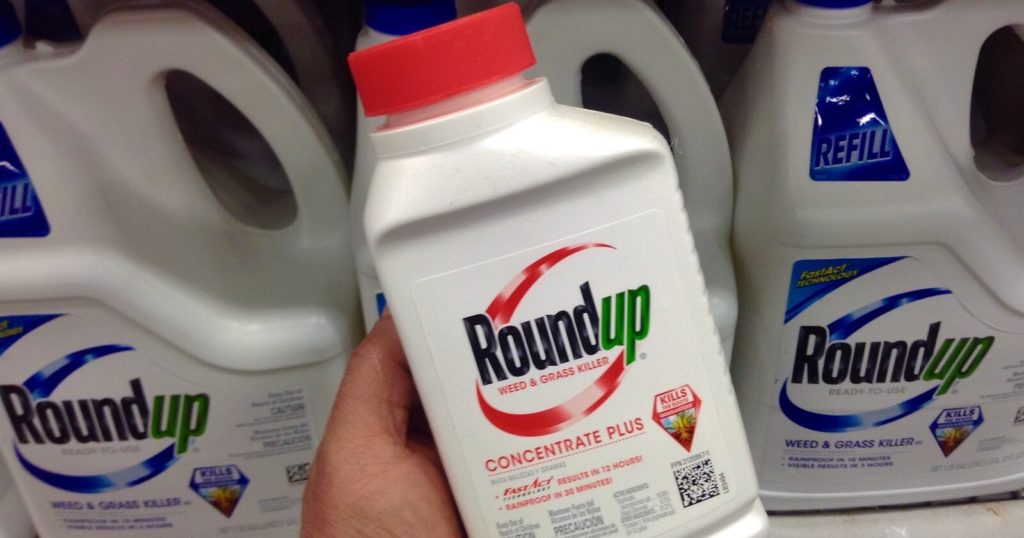
Pesticides can be extremely harmful to butterflies and other beneficial insects. Even organic pesticides can negatively impact these delicate creatures. Instead, focus on natural pest control methods, such as introducing beneficial insects, using insecticidal soaps, or planting companion plants that repel pests.
I know how frustrating it is to see pests taking over your garden, but avoiding pesticides is crucial for protecting butterflies. Embracing a more holistic approach to pest control not only benefits butterflies but also improves the overall health of your garden ecosystem.
Create a Butterfly Bath
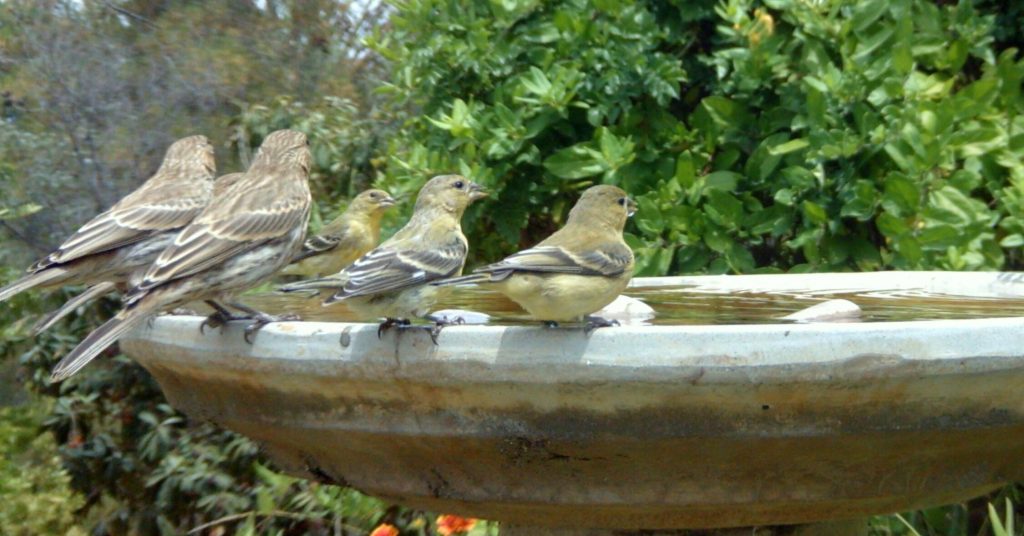
Butterflies need water, but they can’t drink from open water sources like birdbaths. Instead, they prefer shallow puddles or moist areas where they can sip water and absorb minerals. Creating a butterfly bath is simple: fill a shallow dish or saucer with sand or gravel and add water until it’s just below the surface.
Place the butterfly bath in a sunny spot in your garden. You’ll be amazed at how quickly butterflies find and use this resource. Adding a few flat stones can provide perches for butterflies to rest and sun themselves, enhancing your garden’s appeal to these lovely insects.
Plant Nectar-Rich Flowers
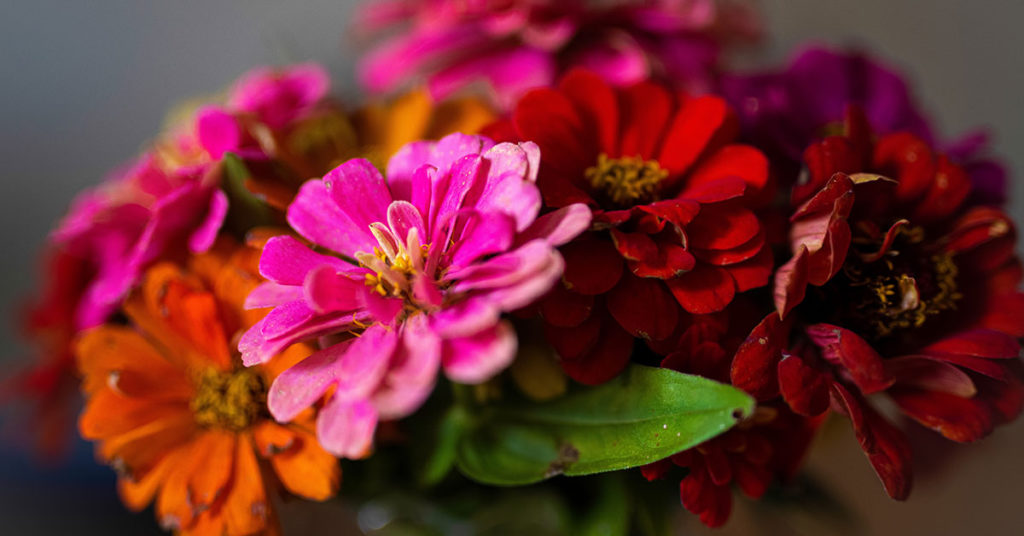
Nectar-rich flowers are essential for providing butterflies with the energy they need to thrive. Choose a variety of plants with different colors and bloom times to ensure a continuous supply of nectar throughout the season. Some great nectar plants include lantana, zinnias, marigolds, and buddleia (butterfly bush).
Planting clusters of these flowers can make it easier for butterflies to find and access the nectar. Watching butterflies flit from flower to flower is a delightful sight, and knowing that you’re helping sustain their populations adds an extra layer of satisfaction.
Provide Shelter
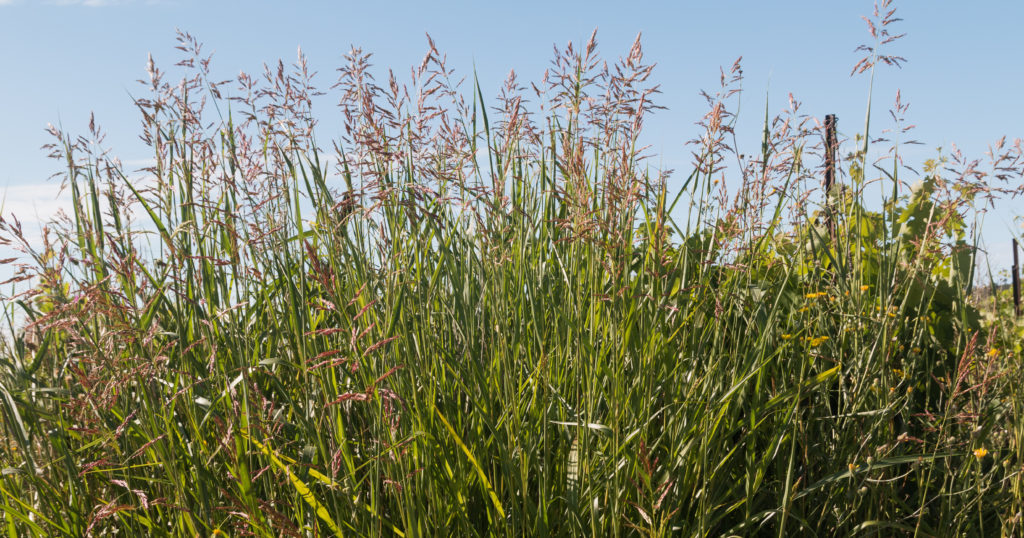
Butterflies need places to rest, hide from predators, and seek shelter from harsh weather. Incorporating shrubs, tall grasses, and dense plantings in your garden can provide these necessary hiding spots. Structures like butterfly houses can also offer shelter, although their effectiveness varies.
Creating a diverse garden environment with different layers and textures can naturally provide the shelter butterflies need. These areas also support other beneficial wildlife, making your garden a thriving, balanced ecosystem.
Offer Fruit for Feeding
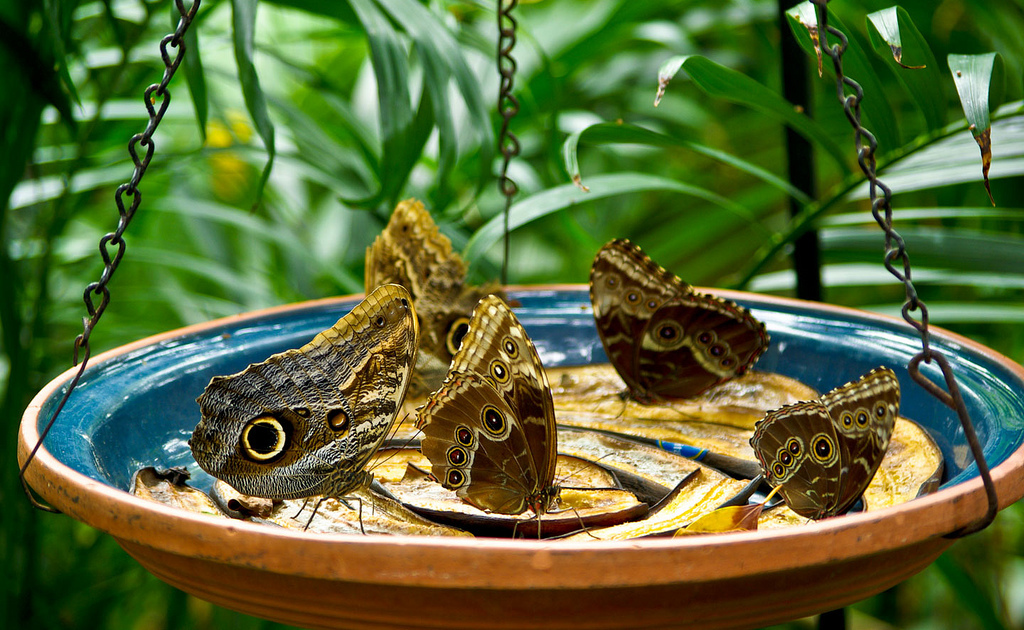
In addition to nectar, some butterfly species enjoy feeding on overripe fruit. Place pieces of bananas, oranges, or other soft fruits in a shallow dish or directly on a flat surface in your garden. This can attract butterflies like red admirals and mourning cloaks, adding diversity to the species you support.
Offering fruit is a fun way to observe butterflies up close as they feast. It’s a great activity for families and children, providing an educational opportunity to learn about butterfly behavior and preferences.
Use Organic Fertilizers
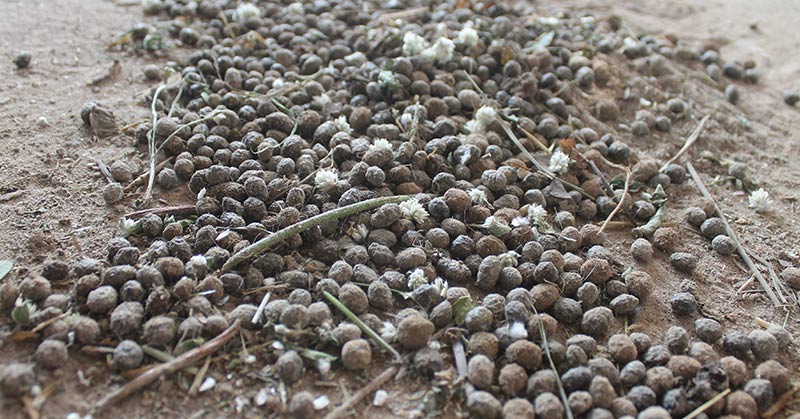
Chemical fertilizers can negatively impact soil health and the beneficial organisms that live there, including those that butterflies rely on. Opt for organic fertilizers, compost, or well-rotted manure to nourish your plants naturally. These options are safer for the environment and help maintain a healthy garden ecosystem.
Using organic fertilizers supports the microbial life in your soil, which in turn supports healthy plant growth. This holistic approach to gardening creates a more inviting environment for butterflies and other beneficial insects.
Plant in Sunny Locations
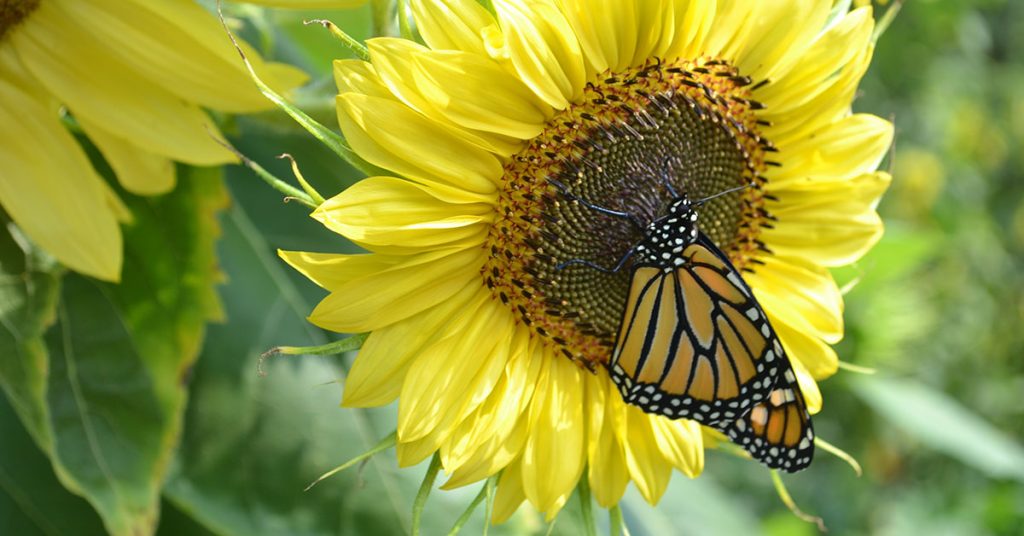
Butterflies are cold-blooded and rely on the sun to regulate their body temperature. Planting flowers in sunny locations helps butterflies warm up and become more active. Ensure your garden has plenty of sunny spots where butterflies can bask and feed.
Sunny garden areas with a variety of blooming plants are butterfly magnets. Watching butterflies sunning themselves and flitting from flower to flower is a joy, and creating these sunny spaces is a simple way to support them.
Provide Mud Puddles
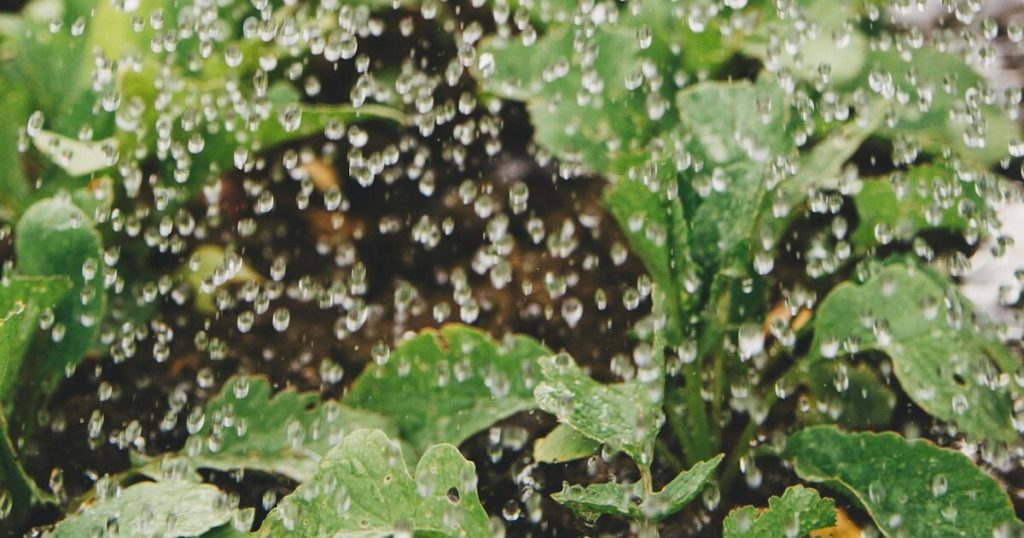
Butterflies engage in a behavior called “puddling,” where they gather on moist soil or mud to extract minerals and nutrients. Creating a small mud puddle in your garden can attract a variety of butterfly species. Simply dig a shallow depression, fill it with sand or soil, and keep it moist.
Mud puddles are an easy and effective way to support butterflies. Observing this unique behavior up close is fascinating and provides a deeper connection to the natural world.
Reduce Light Pollution
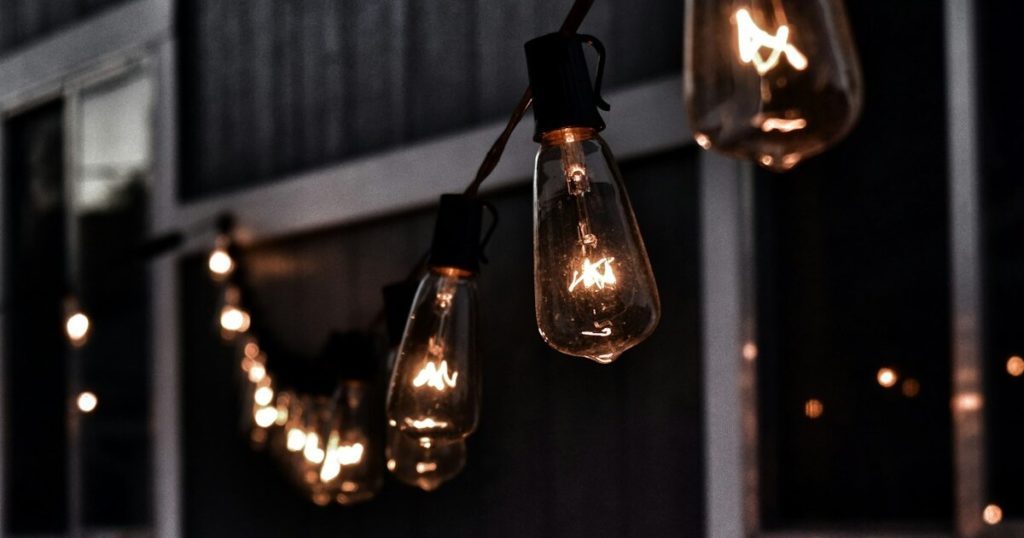
Excessive artificial lighting can disrupt butterfly behavior and navigation. Reducing light pollution by using outdoor lighting only when necessary and choosing low-intensity, shielded fixtures can help. This creates a more natural environment that supports butterfly activity.
Creating a garden that respects natural light cycles benefits butterflies and other nocturnal wildlife. It’s a simple yet impactful way to make your garden more butterfly-friendly.
Encourage Natural Predators
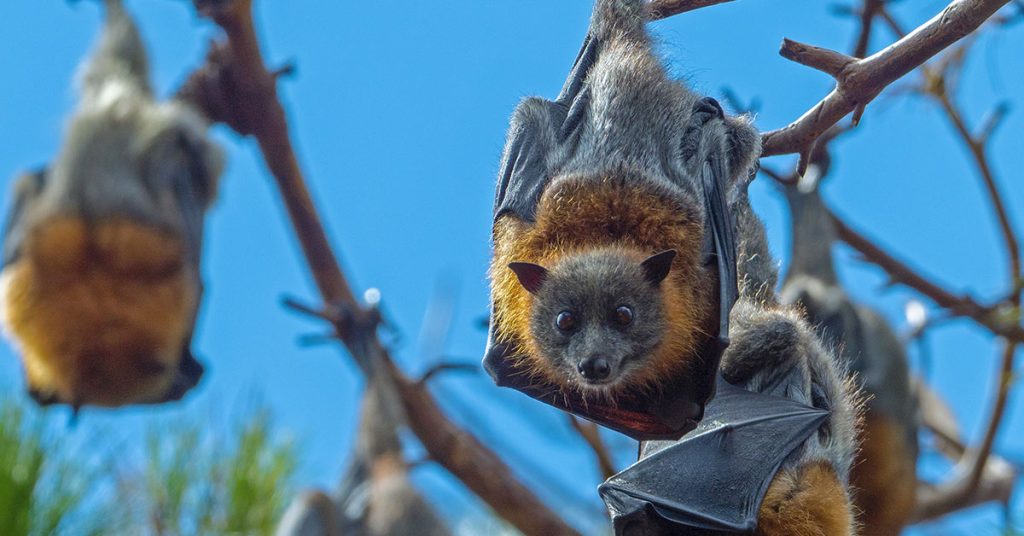
Natural predators like birds, bats, and beneficial insects help control pest populations without the need for chemicals. Creating habitats that attract these predators can naturally balance your garden ecosystem. Bird feeders, bat houses, and insect hotels are great additions.
Encouraging natural predators supports a healthy, balanced garden. It reduces the need for chemical interventions and creates a vibrant environment where butterflies can thrive.
Get Involved in Conservation Efforts
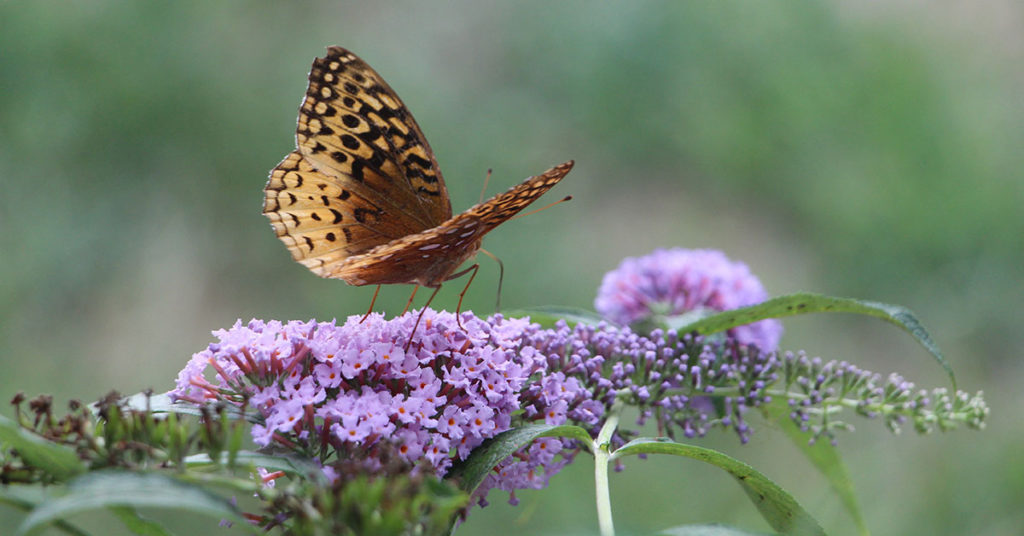
Supporting butterflies extends beyond your garden. Get involved in local or national conservation efforts, such as participating in butterfly counts, planting public butterfly gardens, or advocating for pollinator-friendly policies. Educating others about the importance of butterflies can also make a significant impact.
Being part of a larger movement to support butterflies is incredibly fulfilling. It connects you with like-minded individuals and amplifies your efforts to make a difference. Together, we can create a world where butterflies flourish.
By taking these fifteen actions in July, you can create a garden that supports declining butterfly populations and contributes to their recovery. Each step helps build a healthier, more sustainable environment where butterflies and other pollinators can thrive.


